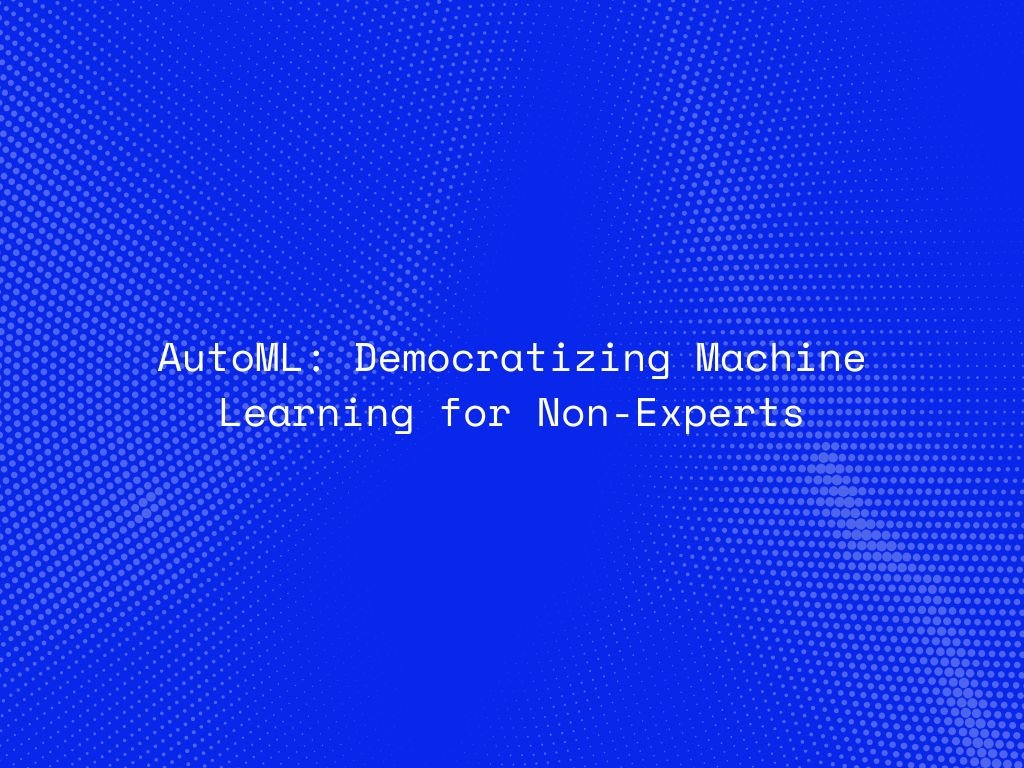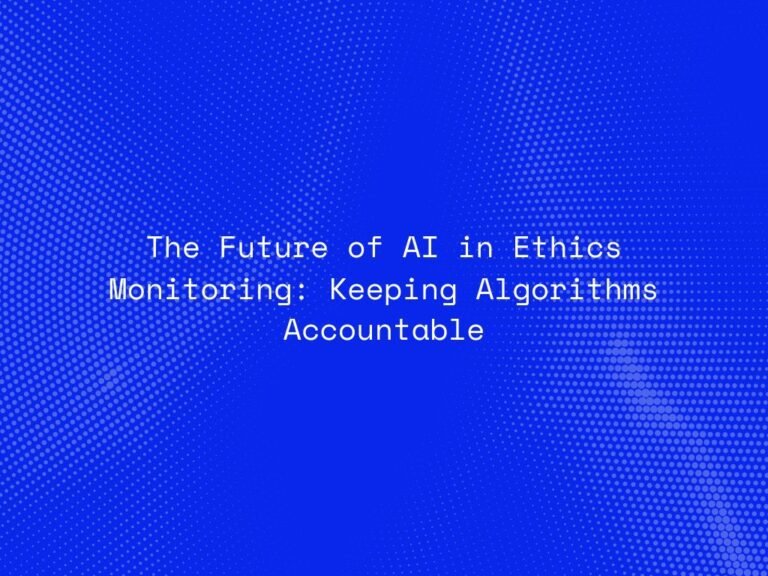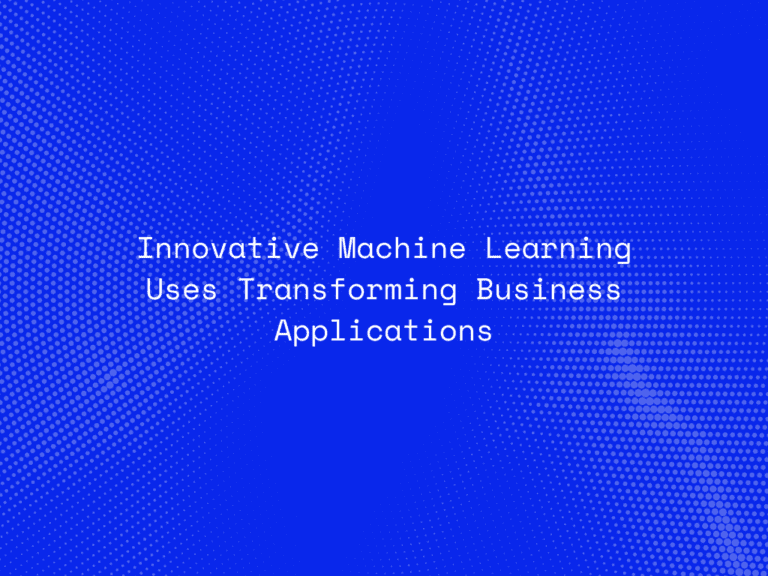Machine learning has traditionally been the domain of data scientists, engineers, and AI researchers. Developing effective ML models required extensive expertise in statistics, coding, algorithm selection, and hyperparameter tuning. But with the rise of Automated Machine Learning (AutoML), this is changing rapidly.
AutoML refers to a set of tools and frameworks designed to automate the end-to-end process of applying machine learning to real-world problems. It’s not just a time-saving convenience for experts—it’s a powerful democratizing force that is opening the doors of AI to business analysts, domain experts, and non-technical professionals.
What is AutoML?
AutoML (Automated Machine Learning) is the process of automating the tasks involved in the development of machine learning models. These tasks include:
-
Data preprocessing and cleaning
-
Feature engineering
-
Algorithm selection
-
Hyperparameter tuning
-
Model evaluation
-
Deployment and monitoring
By abstracting away these complexities, AutoML allows users to build models with minimal manual intervention—often through intuitive interfaces or low-code environments.
Why AutoML Matters
1. Accessibility
AutoML makes machine learning approachable for non-experts, allowing domain specialists (e.g., doctors, marketers, supply chain managers) to leverage AI without relying heavily on technical teams.
2. Speed and Efficiency
AutoML drastically reduces the time it takes to build and deploy ML models. What previously took weeks of iterative tuning can now be achieved in hours or days.
3. Scalability
Organizations can build and deploy many models across various use cases without requiring a large team of data scientists. AutoML scales easily across departments and projects.
4. Consistent Performance
Automated processes reduce the risk of human error and often produce models that are as good—or sometimes better—than manually crafted ones, especially for standard tasks.
Key Components of AutoML
1. Data Preprocessing
AutoML platforms automatically handle:
-
Missing values
-
Data normalization
-
Encoding categorical variables
-
Outlier detection
2. Feature Engineering
AI algorithms suggest or create the most relevant features from raw data, using techniques like:
-
Feature selection
-
Feature transformation
-
Feature extraction
3. Model Selection
AutoML tools test multiple algorithms (e.g., Random Forests, Gradient Boosting, Neural Networks) and select the best-performing one for the task.
4. Hyperparameter Optimization
AutoML frameworks automatically tune model hyperparameters using optimization techniques such as:
-
Grid search
-
Random search
-
Bayesian optimization
5. Model Evaluation and Validation
Using cross-validation and performance metrics (e.g., accuracy, ROC-AUC, RMSE), AutoML selects the best model configuration.
6. Deployment and Monitoring
Top AutoML platforms integrate with cloud services and APIs for seamless deployment and real-time monitoring of model performance.

Popular AutoML Tools and Platforms
-
Google Cloud AutoML – Powerful suite with strong integration for vision, language, and tabular data tasks.
-
H2O.ai Driverless AI – Enterprise-grade tool known for fast feature engineering and explainability.
-
Auto-sklearn – Open-source Python library built on Scikit-learn.
-
TPOT – Uses genetic programming to optimize ML pipelines.
-
Microsoft Azure AutoML – Integrated with Azure ML Studio, ideal for enterprise deployments.
-
Amazon SageMaker Autopilot – Automatically trains and tunes models on AWS infrastructure.
Real-World Applications
1. Marketing
AutoML can help non-technical marketers build models for:
-
Customer segmentation
-
Churn prediction
-
Personalized recommendations
2. Healthcare
Clinicians and researchers can use AutoML to develop:
-
Disease prediction models
-
Diagnostic support tools
-
Treatment optimization plans
3. Finance
AutoML enables:
-
Fraud detection
-
Credit risk scoring
-
Stock trend forecasting
4. Retail and E-Commerce
Business teams can use AutoML to optimize:
-
Inventory forecasting
-
Price elasticity models
-
Supply chain optimization
Challenges and Limitations
While AutoML is powerful, it’s not without caveats:
-
Limited Customization: Fine-tuning advanced models may still require expert intervention.
-
Black Box Models: Auto-generated models can be hard to interpret without proper explainability tools.
-
Data Quality Dependency: AutoML can’t fix poorly curated or biased data.
-
Not Ideal for All Tasks: Highly complex or novel AI applications (e.g., cutting-edge NLP or computer vision research) may still require manual work.
Nonetheless, most modern platforms now integrate explainable AI (XAI) tools and allow hybrid control between automation and manual overrides.
The Future of AutoML
AutoML is rapidly evolving, and its future is tightly intertwined with the broader democratization of AI. Some emerging trends include:
-
No-Code ML Platforms: Tools that allow users to drag-and-drop data and instantly generate models.
-
Federated AutoML: Training models across distributed data sources without compromising privacy.
-
AutoML + Edge AI: Automatically deploying optimized models to edge devices for real-time inference.
-
AutoML for Deep Learning: Automating neural architecture search (NAS) for custom deep networks.
Ultimately, AutoML will not replace data scientists—it will empower them and extend ML capabilities across entire organizations.
Conclusion
AutoML is revolutionizing the machine learning landscape by enabling non-experts to harness the power of AI without deep technical expertise. It streamlines the ML pipeline, accelerates time to value, and fosters a culture of data-driven innovation across departments.
As businesses increasingly adopt AI-driven strategies, AutoML will play a critical role in ensuring that everyone—from analysts to executives—can participate in the AI revolution.




